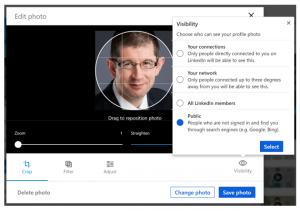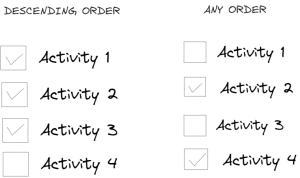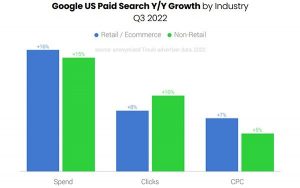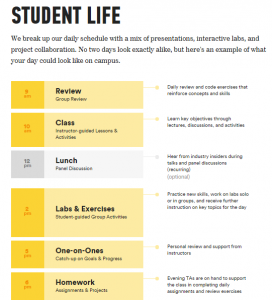 Communications theorist Marshall McLuhan famously said, “The medium is the message.”
Communications theorist Marshall McLuhan famously said, “The medium is the message.”
That was 1964.
Today we have thousands more mediums (to say nothing of the number of messages competing for our attention).
But McLuhan’s koan is truer today than ever before. The channels a brand chooses and the types of content they decide to create and share says a lot about the message (before we even see it).
The Medium Is The Message.
The fact that Snapchat was primarily used between teenagers didn’t stop Taco Bell from stepping in back in 2013. The fact that Twitter was primarily a place for journalists, tech geeks, and wisecracks didn’t stop these brands from joining the conversation in 2009.
The point is: smart brands know the medium is the message. If you want to be ahead of the curve, you start publishing in growing channels. You start experimenting with different types of content. You might even reinvent an 18-year-old file format in a fresh and exciting way.
With these thoughts in our head, lets look at a few practical ways to get started…
Where To Post
- Instagram is the fastest growing social network in the U.S. (with Tumblr quick on its heels).
- Facebook is the largest social network in the U.S.
You can’t go wrong with any of these three platforms.
What to Post
Visual content is huge in 2015. This is one subject I’ll be speaking about in greater detail at Kinekt this July. Between increased mobile-usage and the surging popularity of visual platforms (YouTube, Instagram, Vine, Snapchat, Periscope, etc., etc.), photo/video is going to be big.
How to Post
All messaging – regardless of the medium – should be framed in a human way. Human doesn’t have to mean casual, cute, funny, or flippant (though it can). It just has to spark a feeling. It has to make the end-user think… a real person actually created this message for me. You know it when you see it!
Be a conversationalist – not a broadcaster.
Also, you have to consider whether you (1) want to post all of your content to a hub… this could be your blog (for written content) or YouTube (for video content)… or (2), if you’d prefer to post natively. A “native” post is one where the content originates in the platform it’s published on. So, a native Facebook video would be published through Facebook, whereas a non-native Facebook video would be hosted on YouTube and then linked to on Facebook. Many premier content-brands, like MTV and RedBull, are leaning towards native content for reasons you can read about here.
When to Post
In the past, content marketers used to focus a lot on discovering the peak hours for posting to their social channels. Peak hours are still important. However, we believe that micro-moments will be the next major metric for determining how to reach an audience at the right time.
It’s hard to issue across-the-board guidelines for when to post, as best practices will largely depend on your audience. That being said, here are some suggestions:
- -Fri. for Facebook between business hours
- Weekends and afternoons for Twitter (B2C)
- -Thurs. for LinkedIn just before and after work
- …and, well, anytime on Instagram.
Kinekt 2015: July 8-9: Learn More About Social Media Marketing
To get hands-on help with your social media marketing, I invite you to join me at Kinekt: Being Human In a Connected World, taking place July 8-9 at the Factory at Franklin. Also, be sure to join me on the 8th for the digital pre-event, where participants will be able to have one-on-one sessions with Kinekt’s digital specialists! Register here.
(171)
Report Post







